A WALKING TOUR OF THE HISTORIC BBD BAGH AREA
Many of you are probably aware of my penchant for history, albeit of the layman variety. And with it, there is my undeniable fixation for my native Kolkata. The two strains came together on Thursday, February 27 through a walking tour of the BBD Bagh area. The two men that made it possible were Mr. Subroto Ghosh an avid enthusiast of old Kolkata, whom I got to know through my brother’s wife Subrota who happened to be his cousin. And Subroto made the connection with Shaikh Sohail, my guide who took me around. On introduction, I found Sohail to be an affable man, He was quite proficient in English. It was not surprising, since he had attended St. Thomas School in Kidderpore. Sohail said he hailed from Bihar, but like so many others, both he and his father were born in the city. He belonged to Breakfree Trail, an organization focusing on tours of Kolkata (his e-mail addresses are: shfaan03@gmail.com; and trailsbreakfree@gmail.com).
I met Sohail in front of Great Eastern Hotel, as planned, at around 9:30 AM. Before starting out he let me into a summary glimpse of the history of the city as he knew it and as it pertained to the present tour. It consisted broadly of three periods: an initial period before the Battle of Plassey in 1757; an intermediate period between 1757 and 1858, when the East India Company (a private company) ruled Kolkata and Bengal; and then after 1858 when, after the Sepoy Mutiny, the British Crown took over the administration of the Indian colonies.
Sohail then started off the tour rather interestingly with the story of bread, something familiar to all Europeans. He related the story of one Frederico Peliti. As I recall it, he came at the behest of Lord Auckland, a viceroy at the time. Peliti had won some kind of baking competition and came to seek his fortune in India, where he opened a hotel. Sohail showed a really worn out plaque on the wall of a dilapidated building not too far from Great Eastern Hotel on the sane side of the street. It was a forerunner to Firpos and the other Italian bakers.
The next big story I heard was that of the famous Great Eastern Hotel. It was started in 1840 by another baker, one Mr. Wilson who had his bakery next door. Initially called the Wilson’s Hotel. it changed its name to Auckland Hotel and subsequently settled down as Great Eastern Hotel in 1915. It was so luxurious and well-managed that Mark Twain called it “the best hotel east of the Suez.” However, after a long and distinguished career of hosting dignitaries like Mahatma Gandhi, Ho Chi Minh and Queen Elizabeth II, the hotel finally began to deteriorate in the 1970s and the government of West Bengal acquired it. Presently the Lalit Group owns it.
As we walked down the street northwards Sohail noted that the road in front was called The Old Court House Street. It was named after the Old Court near the end of the street. The name had not changed over the years, a rarity these days. Sohail also pointed out several buildings on the other side of the street (south side of BBD Bagh). They were rather ornate buildings, built in the 1870s as I recall. They reflected the newfound stability and confidence in their Indian empire. In the corner, there was the Central Telegraph Office (CTO) with an impressive bell tower. It was also called the Dead Letter Office (where all the undelivered letters ended up). Next to it was the Universal Life Insurance Company. It was interesting when Sohail pointed out that with growing stability, insurance was being recognized as a useful commodity for business.
Continuing on, Sohail and I entered the Currency Building. I was told that it had gone through a major renovation and it was tastefully done. It presently housed a lot of interesting paintings. I learned from Sohail that the building had once served as the location of the Agra Bank, one of the earliest banks in the city, in the 1830s. After 1857 it started serving as the storehouse for the coins which were minted elsewhere. It was really interesting to see the old iron vaults where the coins were stored. Another interesting feature was that a few decorations on the old walls were left in place for the visitors’ interest.
As we were about turn around the corner for the northern edge of BBD Bagh, I could not help pointing out Stephen’s House, where my father and grandfather had their business from probably 1954. I was surprised to learn that Stephen House served as a boisterous club for the American servicemen during the Second World War.
Now we were on the north side of BBD (Benoy, Badal Dinesh) Bagh named after three revolutionaries. In the corner was the St. Andrew’s Church with the huge Writer’s Building beside it as we carried on. Sohail showed old pictures, which showed quite a different façade. At the location of the church stood a squat non-descript building. I learned that it was initially the location of a free school, which was later moved to the present Free School Street whence it got its name. Then it housed the High Court from which came the name of the street Old Court House Street. The court was later moved to Fort William. The building was torn down and the St. Andrew’s Church was built. It served the Scottish population of the city and hence was also called ‘kirk’. The Writer’s Building next to the church also displayed a different façade from the present one, a rather plane one. Earlier, it was the site of St. Anne’s Church. Later, a building was put up for the training of junior officers of the East India Company. With time, as the British consolidated their powers, they felt keen to display their opulence. The present building is a majestic structure. The statue of Minerva stands above the central portico.
Turning around the corner, we came on the west side of BBD Bagh in front of the General Post Office (GPO). The GPO is notable for its imposing high domed roof (rising over 220 feet) and tall Ionic Corinthian pillars. The GPO is the site once occupied by the old Fort William, which was subsequently moved to its present location after the siege of Calcutta in 1756. The present building was constructed in around 1864. The river Ganges originally flowed behind the GPO building. Before it changed its course some, moving westward. Beside the GPO is the Bankshall Court. The strange name, Sohail informed was from Bank Shall, a Dutch word.
A few words now about BBD Bagh around which the tour was essentially concentrated. The tank was originally named Laldighi, and over its lifetime had other names, like Tank Square and most significantly Dalhousie Square. It is remarkable in that the tank existed before the so-called birth of the city in 1690. There is a mistaken belief that the tank derives its name from the red shadows from the red colored Writer’s Building on the other side of the street. It is actually named after one Lalmohan Sett, a wealthy businessman who reportedly financed the excavation. The Setts and the Basaks were the pioneer businessmen of the city in those days. The tank served as the principal source of water for the neighboring European quarters of the city. Sohail showed an interesting picture of Bhistis (water carriers) carrying water around Laldighi.
Our last stop and the climax of the tour was the St. John’s Church. On the way, Sohail pointed out the Raj Bhavan the residence of the Governor of West Bengal. The present structure was built at the behest of the then Governor General, Marquess of Wellesley. We also passed a building called the Commercial Library. It housed records of the various transactions. Just outside the church gates on the opposite side of the street was the site of the old Spence’s Hotel. A smaller hotel, it preceded the Great Eastern Hotel in the 1830s and had its reputation for its boutique style.
St. John’s Church had so much – it was a treasure trove. The church is located at the North-Western corner of Raj Bhavan, It was built around 1784 on a land donated by Raja Nabakrishna Deb of Shovabazar and the foundation stone was laid by Warren Hastings. It served as the Anglican Cathedral of Calcutta till 1847, when it was transferred to St. Paul’s Cathedral. The inside of the church displayed stained glass windows with several tablets from the graves of important men and women of the era. There was also an impressive piano on the side. But perhaps the most significant item present was a painting of the Last Supper by Johaan Zoffany, a British artist with a German ancestry. The most unusual feature of Zoffany’s Last Supper lies in the selection of models used to represent Jesus and his twelve disciples. Jesus was portrayed as the Greek priest Father Constantinos Parthenios. while John is represented by W.C. Blacquiere, the police magistrate of Calcutta during the 1780s. Judas was portrayed as the auctioneer William Tulloh. In short, these are all people of power at the time, including people from the East India Trading Company.
The church was used as a burial ground, a practice which was discontinued after some time. A few interesting graves are still present. There is the grave of Lady Canning, after whom the famous Bengali sweet, ledikeni is named. There is the mausoleum of Job Charnock, an ambitious trader, of the British East India Company, who on 24 August 1690 landed in the village of Sutanuti (present day North Calcutta). Charnock died two years later, but he combined the three villages of Sutanuti, Govindopur & Kolikata to form the city of Calcutta. The octagonal Moorish style tomb was erected by Charnock’s son-in-law, Charles Ayer. Built of stones brought all the way from Pallavaram near Chennai, the grave also contains the body of Charnock’s wife and several other people. This includes the famous surgeon William Hamilton, who reportedly cured the ailing foot of the then Mughal emperor, in Delhi, Faruksayar. The achievement paid rich dividends in that it speeded up the negotiations between the obviously satisfied monarch and the East India Company regarding the administration of Bengal.
Also in the compound was Black Hole Monument, dedicated to the tragic but disputed episode of the death of 146 soldiers during Siraj-ud-Daula’s siege of Kolkata in 1756. As reported by John Holowell, who survived, 146 prisoners were confined t in a room measuring 14 feet by 8 feet and locked them up overnight. Only 23 survived: the remaining 123 perished of suffocation and heat stroke. Holwell built a monument in their honor at the location of the episode in the present GPO. The monument mysteriously vanished.in 1822. It was later rebuilt by Lord Curzon in 1901 at the South West corner of the Writers’ Building. Later it was moved to its present location at the compound of St. John’s Church in 1939 under the directions of Netaji Subhash Chandra Bose the then Mayor of the Corporation of Calcutta.
The tour came to an end at around 12:30PM. The three hours of walking exhausted me. But thanks to Sohail, it was a worthwhile experience. I learned so much, perhaps too much to digest. Some of the information I have related above may be erroneous. After all I had to recall a lot of it from memory. But I hope I have been able to convey a sense of what I saw.
A WALKING TOUR OF THE HISTORIC BBD BAGH AREA
Author: Partha Sircar | Posted on: 19th, Feb, 2023
What’s new
Our Picture Board
https://usbengalforum.com/ourpictureboard/
- Rick’s sequel to Detour continues in a style similar to The Rwilight Zone
- Detour takes off the main road into the bizarre world of mysteries, love and betrayal —
https://www.amazon.com/Detour-Incredible-Tales-That-Take/dp/1943190224
Collection of short stories: A book written by Sunil Ghose.
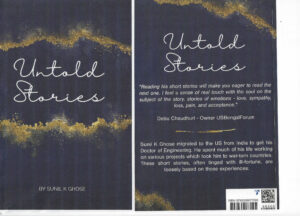
- বেলাশেষের কবিতা কমল রঞ্জন আচার্য্য
p/1943190224Paperback and e-book formats. Please click below:
https://play.google.com/store/books/details?id=zLrHEAAAQBAJ
Editor’s book:
https://www.archwaypublishing.com/en/bookstore/bookdetails/829905-born-in-heaven
Poems – I keep Searching for you, Poems of Twilight Years from Kamal Acharyya.
Short Story:
নারী স্বাধীনতা – Soumi Jana
ঝুমকির ঝমক্ – Krishna Chaudhuri
Variety – মেচ রমনীর দোকনা ফাস্রা – Dr. Shibsankar Pal
সেলাই দিদিমণি, Women help in Carpet making. – Dr Shibsankar Pal.
Arts – Partha Ghosh
Q4-2023 contributors (School and College)
Koushik Dutta
Aniruddha Pal
Srestha Chakraborty
Q1-2024
Arnab Dalui
Deblina Singha Roy
Q3-2024
Saniya Bharti
Anwesha Dey
Neelkantha Saha
Our deep appreciation for many young contributors in all categories.
Quotes
Funniest Quotes about ageing
“First you forget names, then you forget faces, then you forget to pull your zipper up, then you forget to pull your zipper down.”
– *Leo Rosenberg*
HAPPY AGEING AND GROWING
Day's history
15th June
1844 Charles Goodyear patents the vulcanization of rubber
1916 Boeing Model 1, the 1st Boeing product, flies for the 1st time
16th June
1884 1st roller coaster used (Coney Island NY)
1963 Valentina Tereshkova (USSR) is a 1st woman in space, aboard Vostok 6
17th June
1756 Nawab Siraj-Ud-Daulah attacked Calcutta with 50,000 soldiers and captured it on June 21.
1858 Rani Lakshmibai, queen of Jhansi in North India died, one of the leading figures of the Indian rebellion of 1857 (b. 1828)
1944 Iceland declares independence from Denmark
18th June
1898 1st amusement pier opens in Atlantic City, New Jersey
1946 Dr. Ram Manohar Lohia, a Socialist calls for a Direct Action Day against the Portuguese in Goa. A road is named after this date in Panjim
19th June
1963 Valentina Tereshkova 1st woman in space returns to Earth
2008 Barun Sengupta, Bengali journalist died (b. 1934)
20th June
1756 Black Hole of Calcutta: 146 British soldiers, Anglo-Indian soldiers, and Indian civilians are imprisoned in a small dungeon in Calcutta, India where most die from suffocation and heat exhaustion
1756 Siraj Ud-Daulah Nawab of Bengal takes Calcutta from the British
21st June
1906 Vyomeshchandra Banerjee, first president of All India Congress, passed away.
1791 Fleeing French King Louis XVI and family captured at Varennes-en-Argonne
1998 “Home Alone” actor Macaulay Culkin (17) weds broadway actress Rachel Miner (17) in Stone Church in New Preston, Connecticut
Day's humor



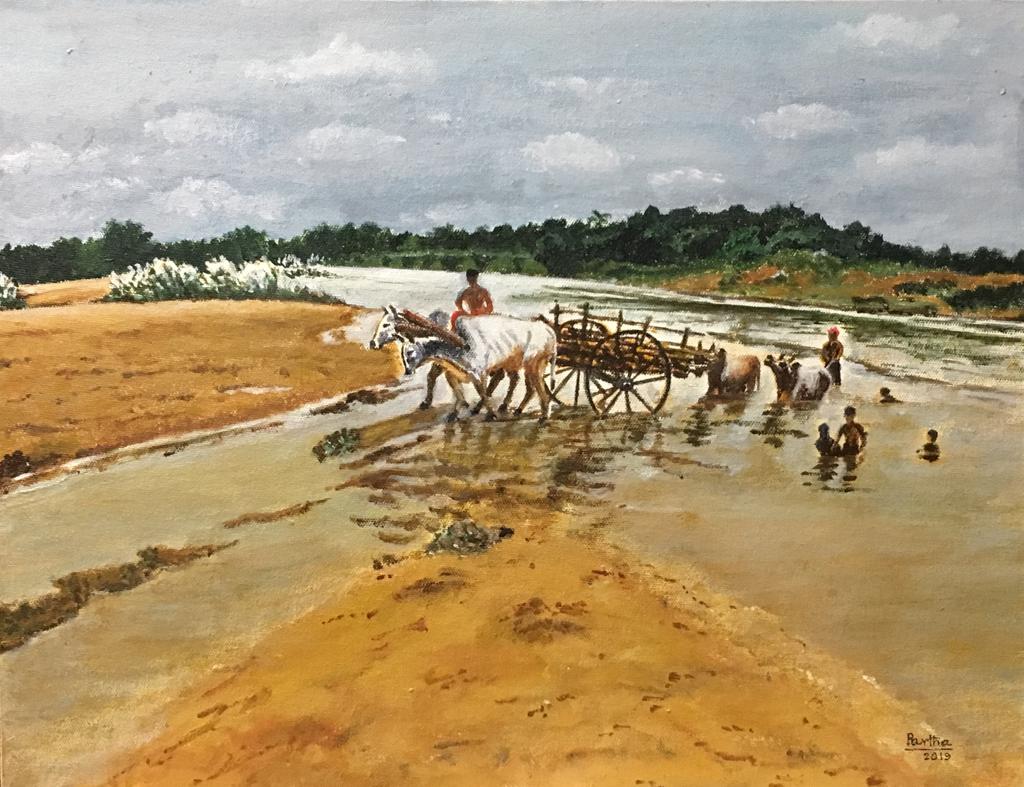

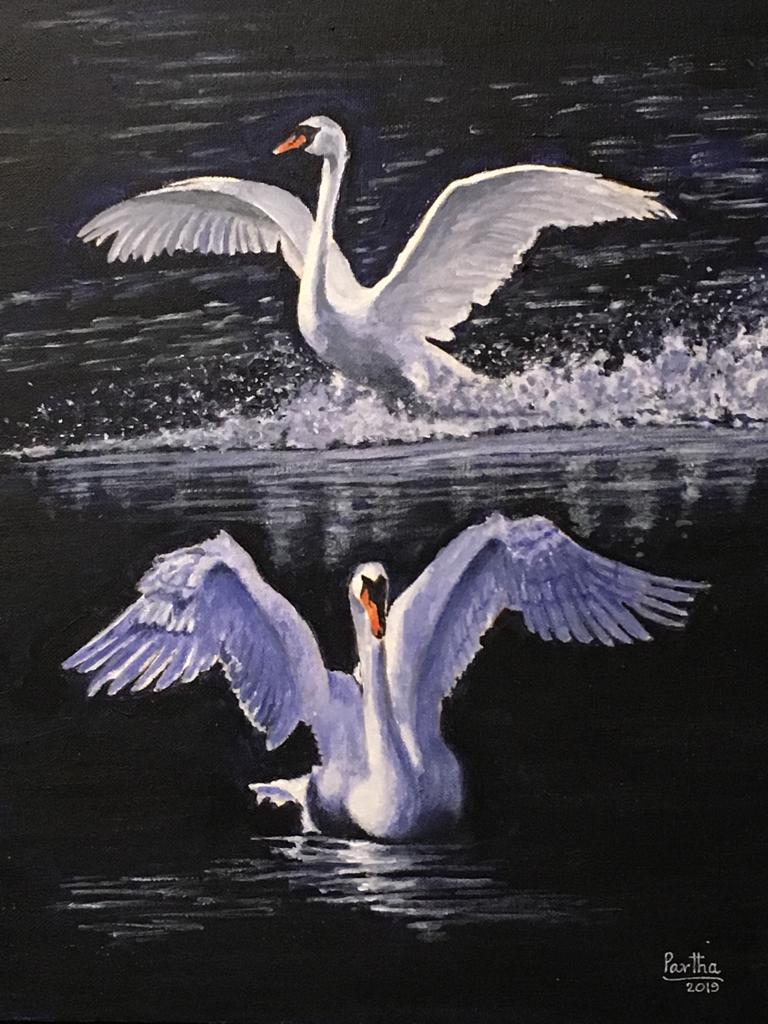
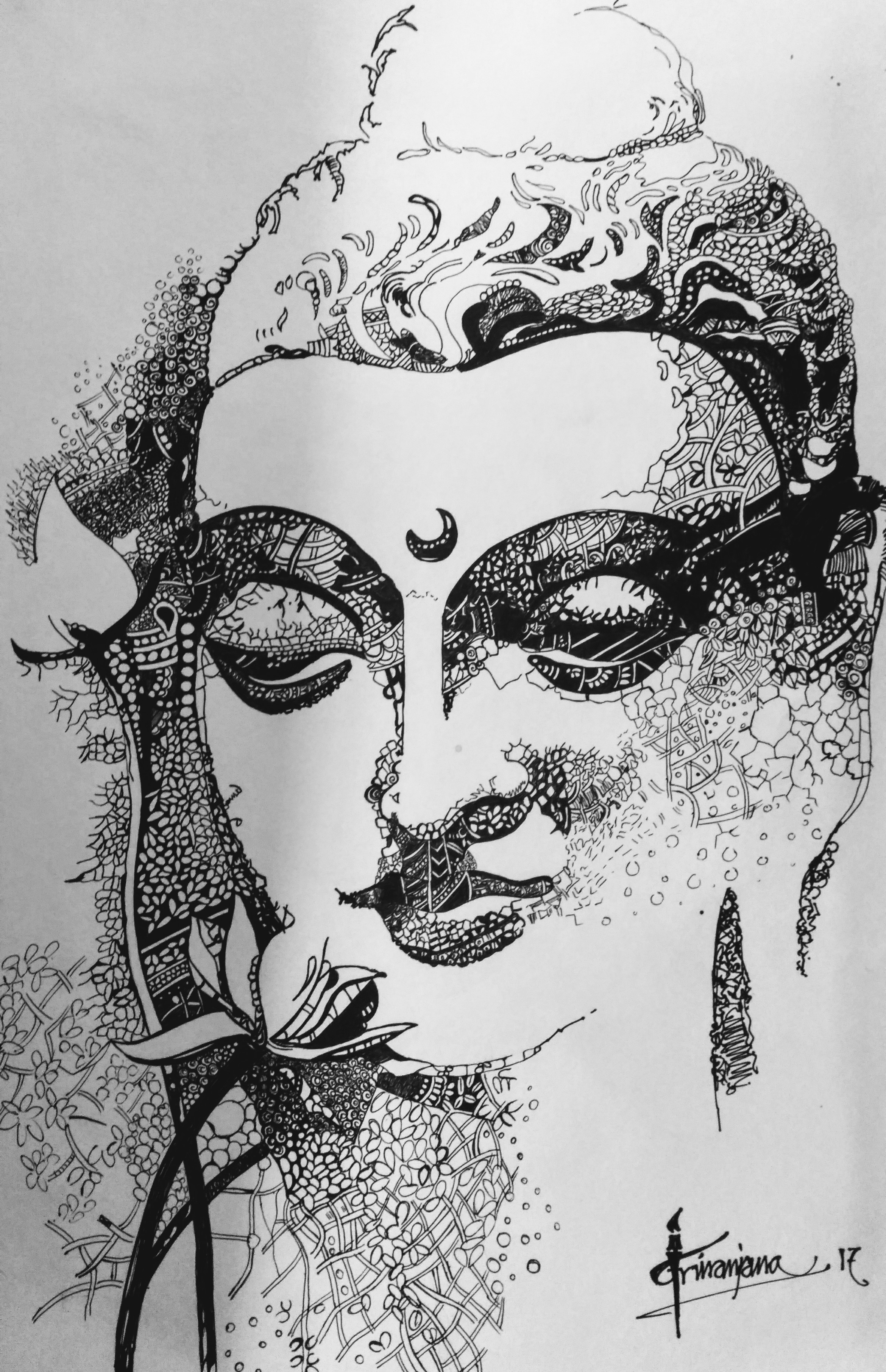


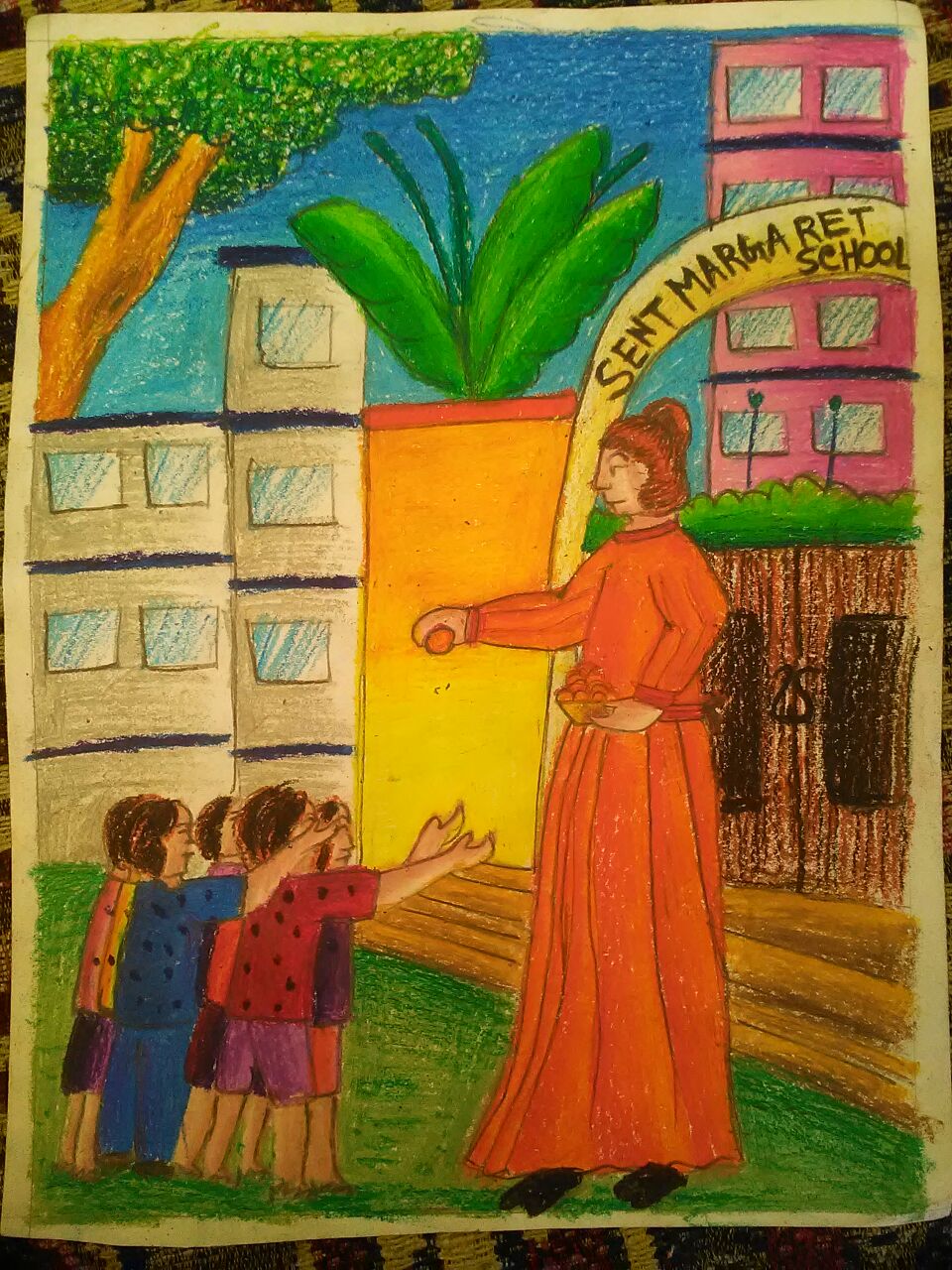

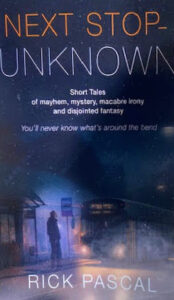

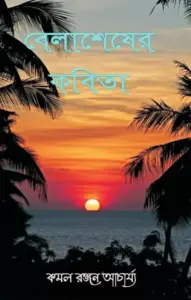
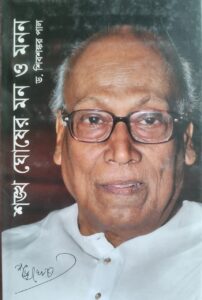
Comments »
No comments yet.
RSS feed for comments on this post. TrackBack URL
Leave a comment